38 phase diagram with labels
Iron-Carbon Phase Diagram Explained [with Graphs] - Fractory This phase is stable at room temperature. In the graph, it can be seen as a sliver on the left edge with Y-axis on the left side and A2 on the right. This phase is magnetic below 768°C. It has a maximum carbon content of 0.022 % and it will transform to γ-austenite at 912°C as shown in the graph. Phase diagram - Wikipedia A phase diagram in physical chemistry, engineering, mineralogy, and materials science is a type of chart used to show conditions (pressure, temperature, volume, etc.) at which thermodynamically distinct phases (such as solid, liquid or gaseous states) occur and coexist at equilibrium . Contents 1 Overview 2 Types 2.1 2-dimensional diagrams
Phase Diagrams - General College Chemistry - Brigham Young University The temperature and pressure conditions at which a substance exists in solid, liquid, and gaseous states are summarized in a phase diagram for that substance. Phase diagrams are combined plots of pressure-temperature equilibrium curves representing the relationships between phase transition temperatures and pressures. The point of intersection of any three curves in a phase diagram represents ...
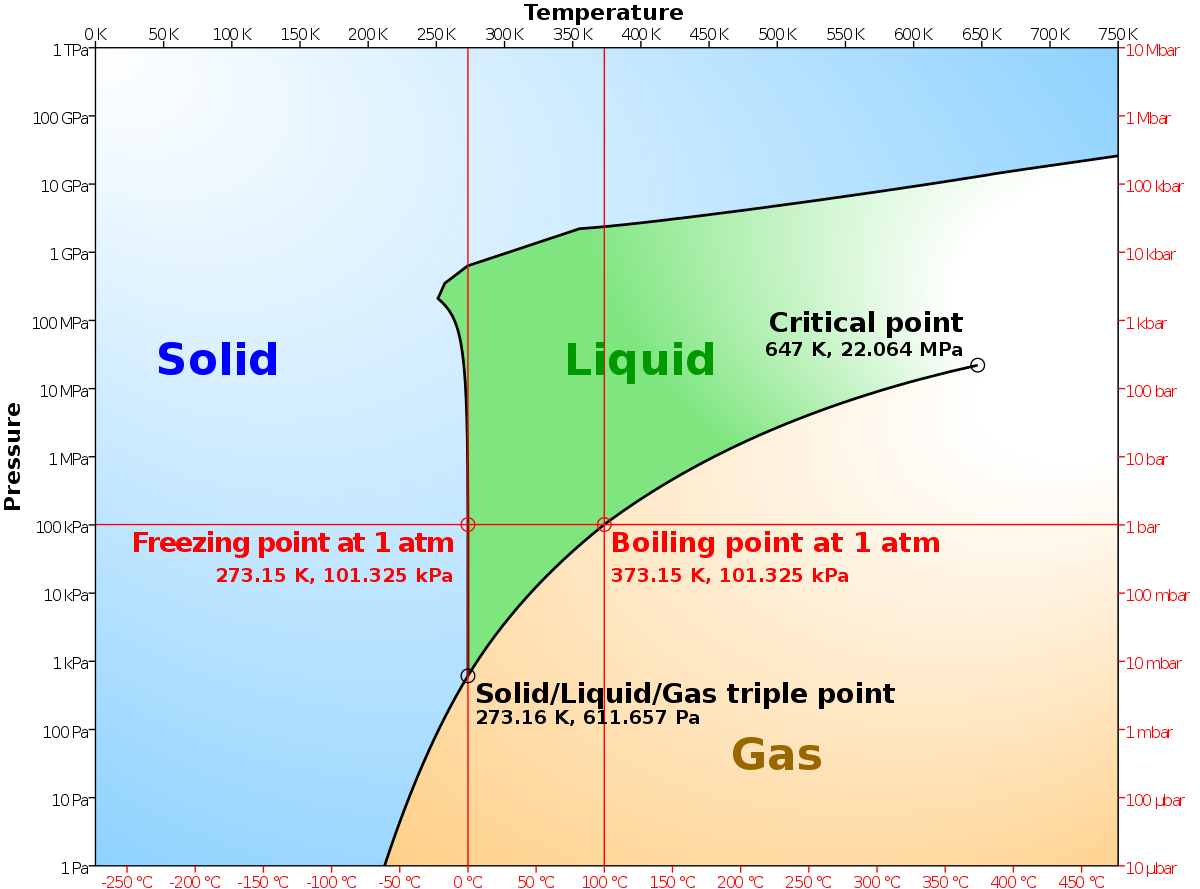
Phase diagram with labels
Phase Diagrams | General Chemistry - Lumen Learning Graphite is the most stable phase of carbon at normal conditions. On the phase diagram, label the graphite phase. If graphite at normal conditions is heated to 2500 K while the pressure is increased to 10 5 atm, it is converted into diamond. Label the diamond phase. Circle each triple point on the phase diagram. Interphase- Definition, Stages, Cell cycle, Diagram, Video The synthesis (S) phase is the phase of cell copying or cell duplication of its DNA of its entire genome. Gap 1 (G1) This is the phase in which the cell undergoes normal growth and cell function synthesizing high amounts of proteins. The cell increases in size and volume as more cell organelles are produced. Phase Diagrams | Chemistry | | Course Hero We can use the phase diagram to identify the physical state of a sample of water under specified conditions of pressure and temperature. For example, a pressure of 50 kPa and a temperature of −10 °C correspond to the region of the diagram labeled "ice." Under these conditions, water exists only as a solid (ice).
Phase diagram with labels. How to Determine Phase Diagram? (4 Methods) | Metallurgy Thermal Analysis: Thermal analysis is the simplest and the most widely used method for the determination of phase diagrams. Here, when a molten metal, or alloy is cooled very slowly, its temperature is determined with time. A simple experimental set-up is used for this propose as illustrated in the Fig. 3.3. Labeling Phase Change Diagrams | Chemistry | Study.com Steps for Labeling Phase Change Diagrams. Step 1: Locate the triple point on the pressure vs. temperature phase diagram. This should look like the intersection of the letter Y . Step 2: Follow the ... Phase Diagrams | Chemistry for Majors - Lumen Learning Graphite is the most stable phase of carbon at normal conditions. On the phase diagram, label the graphite phase. If graphite at normal conditions is heated to 2500 K while the pressure is increased to 10 5 atm, it is converted into diamond. Label the diamond phase. Circle each triple point on the phase diagram. Phase Diagram - Industrial Metallurgists The phase diagram indicates that an iron-carbon alloy with 0.5% carbon held at 900 °C will consist of austenite, and that the same alloy held at 650 °C will consist of ferrite and cementite. Furthermore, the diagram indicates that as an alloy with 0.78% carbon is slow cooled from 900 °C, it will transform to ferrite and cementite at about ...
15 3c Labeling a typical simple phase diagram - YouTube About Press Copyright Contact us Creators Advertise Developers Terms Privacy Policy & Safety How YouTube works Test new features Press Copyright Contact us Creators ... Phase Diagram: Meaning and Types | Material Engineering A phase diagram is also called an equilibrium or constitutional diagram. It shows the relationship between temperature, the compositions and the quantities of phases present in an alloy system under equilibrium conditions. When temperature is altered many microstructure develop due to phase transformation. Phase Diagram Labels - 18 images - label the phase diagram of pure ... Phase Diagram Labels. Here are a number of highest rated Phase Diagram Labels pictures on internet. We identified it from honorable source. Its submitted by dealing out in the best field. We allow this kind of Phase Diagram Labels graphic could possibly be the most trending subject later we allowance it in google help or facebook. How to Label a Phase Diagram | Chemistry | Study.com Vocabulary for Labeling a Phase Diagram A solid is a phase of matter characterized by having a fixed and uniform arrangement of its particles and a very low energy system. A liquid is also a...
Phase Diagrams - Phases of Matter and Phase Transitions - ThoughtCo A phase diagram is a graphical representation of pressure and temperature of a material. Phase diagrams show the state of matter at a given pressure and temperature. They show the boundaries between phases and the processes that occur when the pressure and/or temperature is changed to cross these boundaries. 8 Phase Equilibria and Phase Diagrams - Open Petrology - OpenGeology We use pressure-temperature phase diagrams, commonly called P-T diagrams, to show how melting temperature changes with pressure. Figure 8.2 is a P-T diagram for diopside (CaMgSi 2 O 6 ), a common mineral in mafic igneous rocks. For simplicity, we often label the lowest pressure as zero on P-T diagrams. Phase Diagrams - Chemistry - University of Hawaiʻi We can use the phase diagram to identify the physical state of a sample of water under specified conditions of pressure and temperature. For example, a pressure of 50 kPa and a temperature of −10 °C correspond to the region of the diagram labeled "ice." Under these conditions, water exists only as a solid (ice). What Is a Phase Diagram? - ThoughtCo A phase diagram is a chart showing the thermodynamic conditions of a substance at different pressures and temperatures. The regions around the lines show the phase of the substance and the lines show where the phases are in equilibrium. Parts of a Phase Diagram Typically, a phase diagram includes lines of equilibrium or phase boundaries.
PDF Florida International University Florida International University
Label The Phase Changes Shown In The Diagram Below 27+ Pages ... On the phase diagram label the graphite phase. Freezing Condensation Sublimation Vaporization Deposition Melting Homework solution attached Purchase this answer to view it. Blog Archive Phase Diagrams Part 2 Diagram Material Science Calculus Label the diagram below for a summary of hormonal control of ovarian function during the luteal phase.
Phase Diagrams - Purdue University You can therefore test whether you have correctly labeled a phase diagram by drawing a line from left to right across the top of the diagram, which corresponds to an increase in the temperature of the system at constant pressure. When a solid is heated at constant pressure, it melts to form a liquid, which eventually boils to form a gas.
Phase Diagrams | Boundless Chemistry | | Course Hero A phase diagram is a graph which shows under what conditions of temperature and pressure distinct phases of matter occur. The simplest phase diagrams are of pure substances. These diagrams plot pressure on the y-axis and temperature on the x-axis. Although phases are conceptually simple, they are difficult to define precisely.
phase diagrams of pure substances - chemguide A phase diagram lets you work out exactly what phases are present at any given temperature and pressure. In the cases we'll be looking at on this page, the phases will simply be the solid, liquid or vapour (gas) states of a pure substance. This is the phase diagram for a typical pure substance.
Phase Diagram | Explanation, Definition, Summary & Facts A phase diagram is a graphical representation of the substance phases, consists of the curved lines and the space between the two lines represent a specific phase of the matter at given pressure and temperature, whereas any point at the curve lines shows the equilibrium between two phases. Phase diagram explanation
Phase diagrams - Big Chemical Encyclopedia 3 The phase diagram for the chemical A is shown below. Design a process to transform the gas at 300°C and 2 atm to a solid at 0°C and 1 atm without forming any liquid at any point in the process. Label the function of each unit and specify the temperature and pressure of each stream.
Phase Diagram of Water - Explanation and Diagrammatic ... - BYJUS A phase diagram is a graphical representation of the various phases of a substance or mixture of substances that coexist in thermodynamic equilibrium, and undergo phase changes under different working conditions, such as temperature, pressure, or volume. The water system is divided into three phases: ICE (S), WATER (L), and WATER VAPOUR (G)
How to label a blank phase diagram - YouTube Phase diagrams are a super helpful resource for materials scientists. Labeling them can be challenging, but, fortunately, there are some simple rules to foll...
10.4 Phase Diagrams - General Chemistry 1 & 2 (b) Graphite is the most stable phase of carbon at normal conditions. On the phase diagram, label the graphite phase. (c) If graphite at normal conditions is heated to 2500 K while the pressure is increased to 10 10 Pa, it is converted into diamond. Label the diamond phase. (d) Circle each triple point on the phase diagram.
PDF Phase Diagrams States of Matter and Phase Changes Terminology of Phase Diagrams Triple Point The triple point is the location on a phase diagram at which all three lines which divide the three states of matter meet. At this point, all three states of matter may exist at the same time. What is the pressure and temperature for the
Phase Diagrams | Chemistry | | Course Hero We can use the phase diagram to identify the physical state of a sample of water under specified conditions of pressure and temperature. For example, a pressure of 50 kPa and a temperature of −10 °C correspond to the region of the diagram labeled "ice." Under these conditions, water exists only as a solid (ice).
Interphase- Definition, Stages, Cell cycle, Diagram, Video The synthesis (S) phase is the phase of cell copying or cell duplication of its DNA of its entire genome. Gap 1 (G1) This is the phase in which the cell undergoes normal growth and cell function synthesizing high amounts of proteins. The cell increases in size and volume as more cell organelles are produced.
Phase Diagrams | General Chemistry - Lumen Learning Graphite is the most stable phase of carbon at normal conditions. On the phase diagram, label the graphite phase. If graphite at normal conditions is heated to 2500 K while the pressure is increased to 10 5 atm, it is converted into diamond. Label the diamond phase. Circle each triple point on the phase diagram.


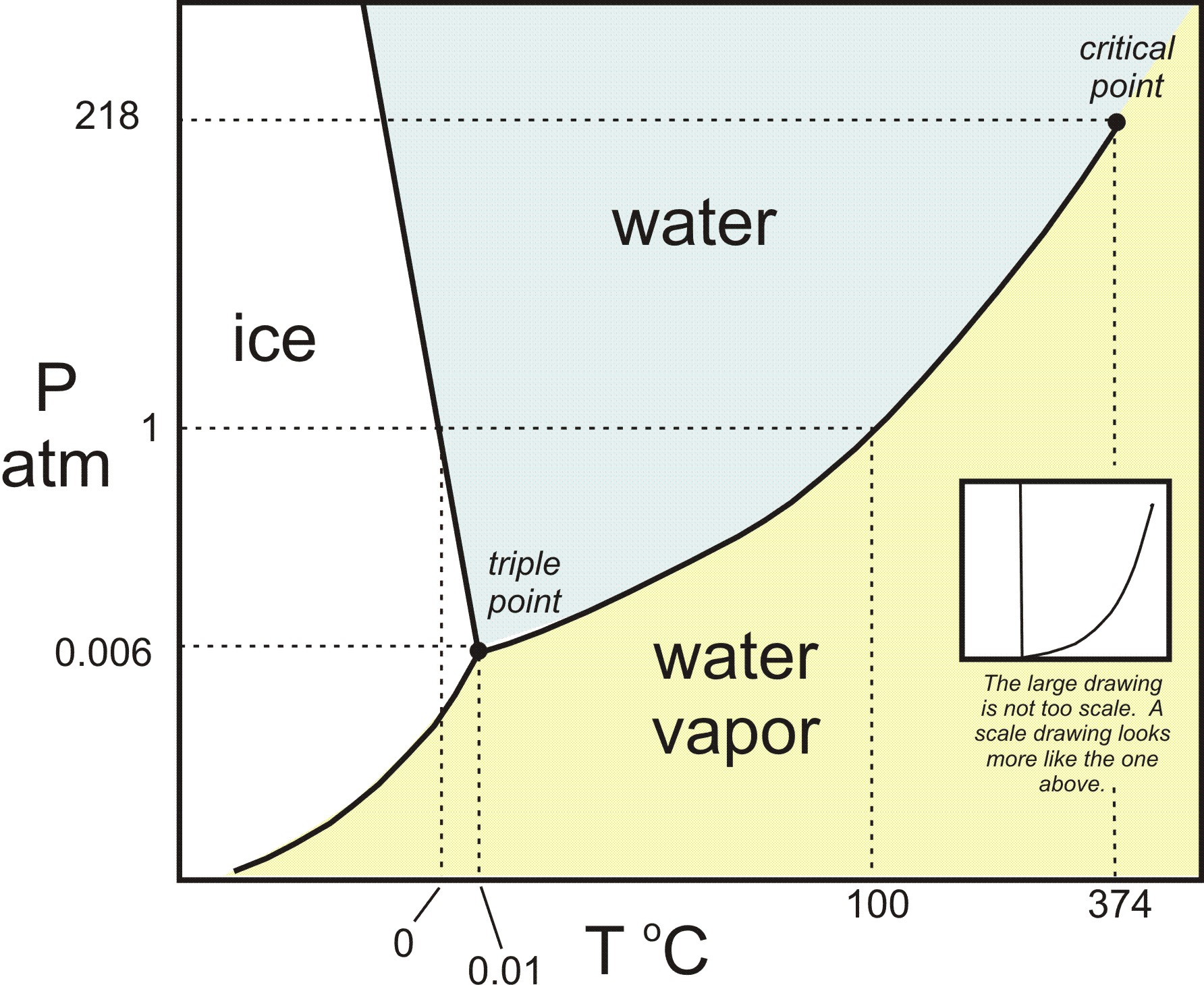

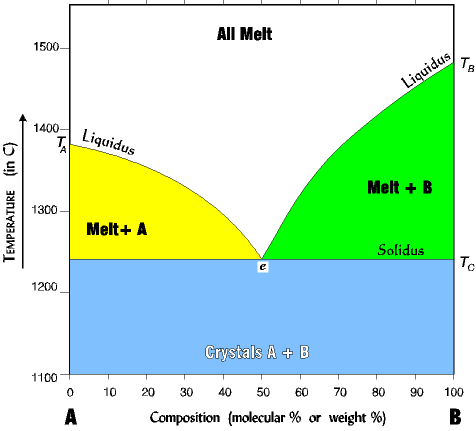

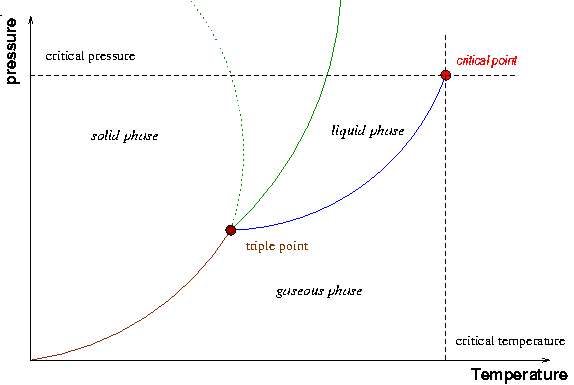








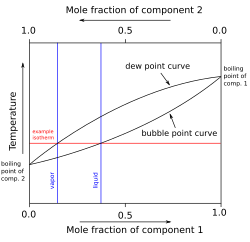
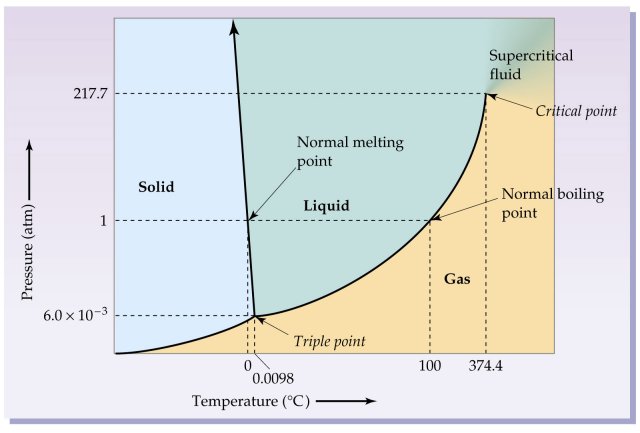


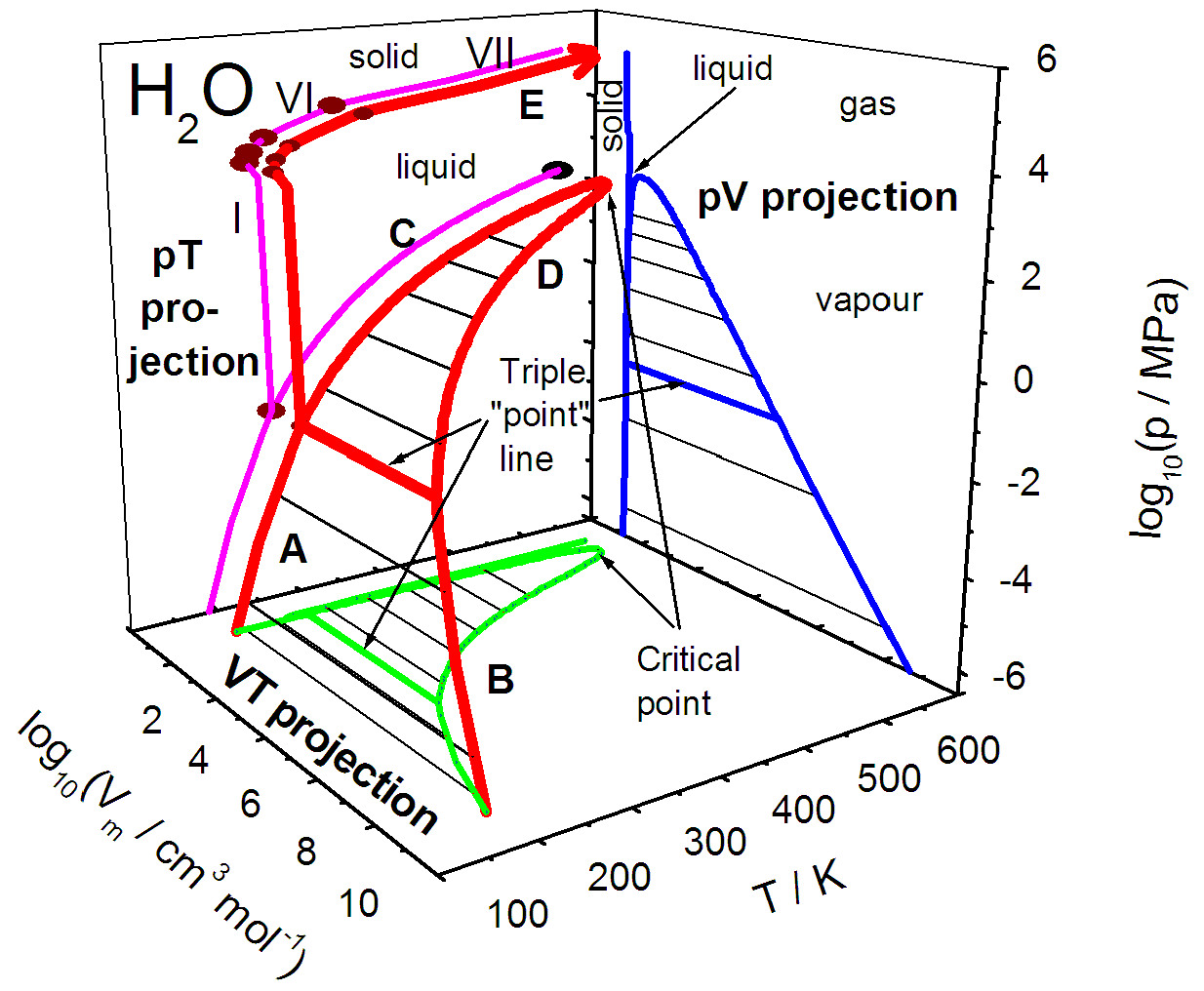


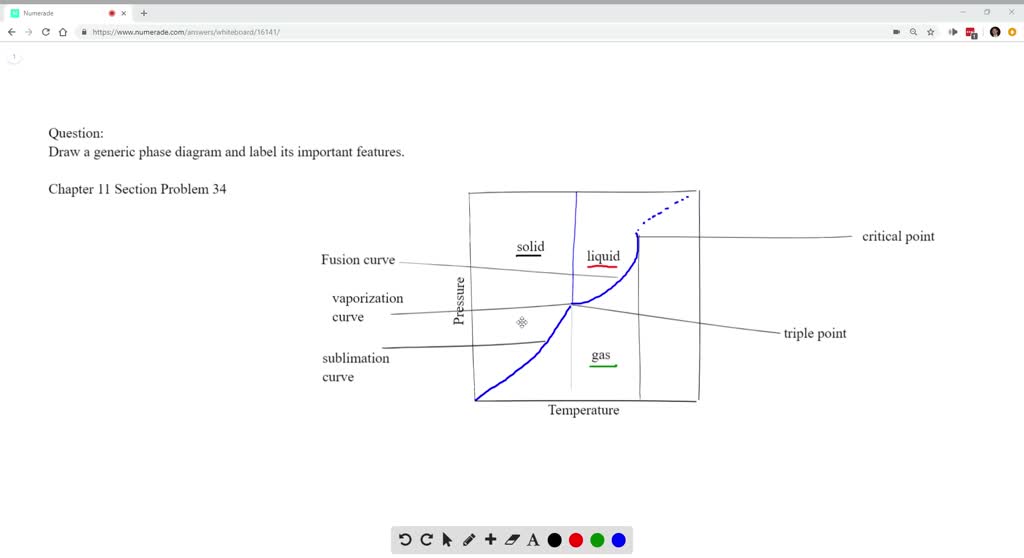



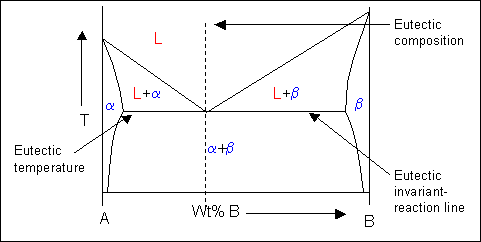
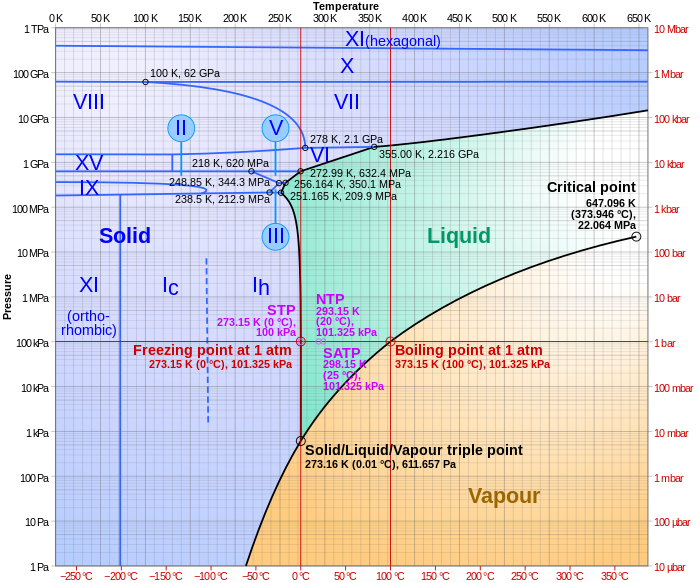
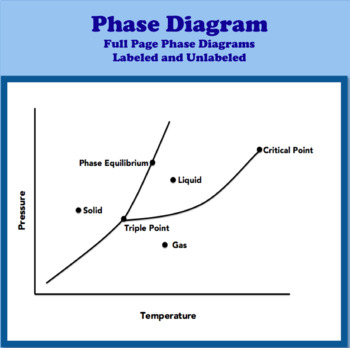

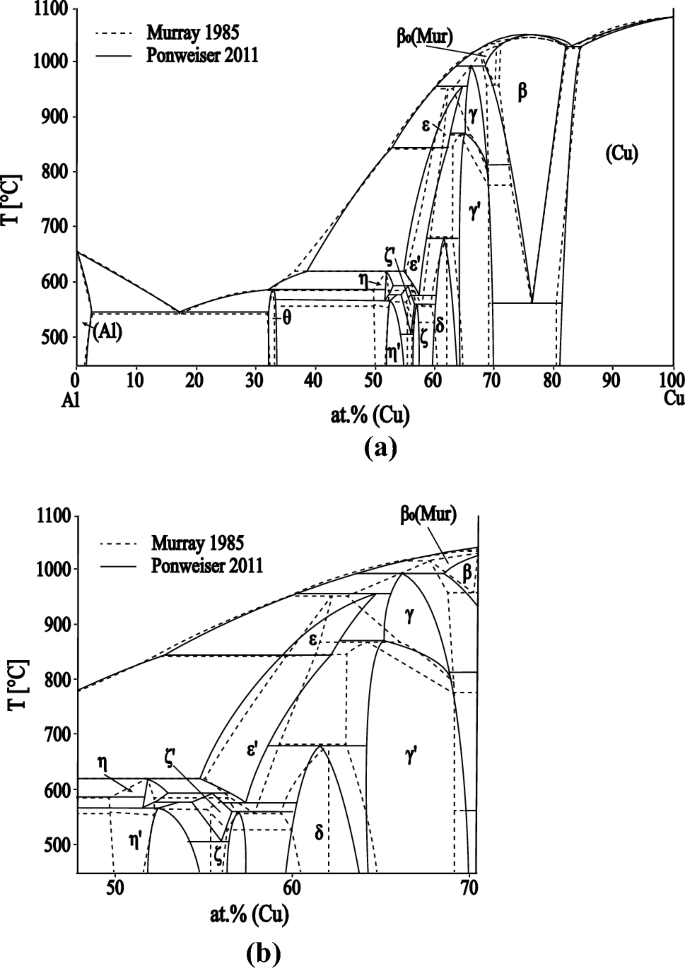



Post a Comment for "38 phase diagram with labels"